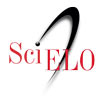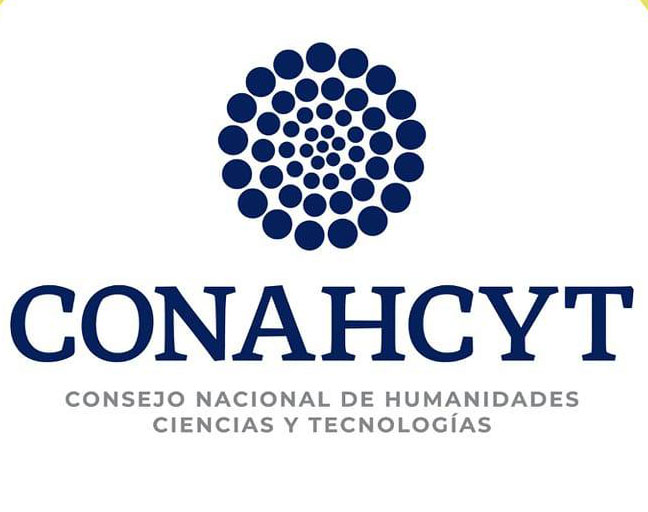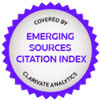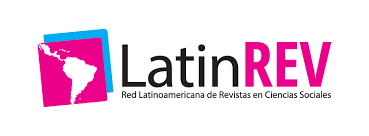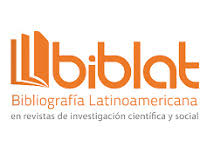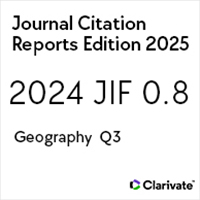
Submissions
Submission Preparation Checklist
As part of the submission process, authors are required to check off their submission's compliance with all of the following items, and submissions may be returned to authors that do not adhere to these guidelines.- The submission has not been previously published, nor is it before another journal for consideration (or an explanation has been provided in Comments to the Editor).
- The submission file is in OpenOffice, Microsoft Word, or RTF document file format.
- Where available, URLs for the references have been provided.
- The text is single-spaced; uses a 12-point font; employs italics, rather than underlining (except with URL addresses); and all illustrations, figures, and tables are placed within the text at the appropriate points, rather than at the end.
- The text adheres to the stylistic and bibliographic requirements outlined in the Author Guidelines.
Articles
The author is fully committed to avoid the submission of articles that might be published in Estudios Fronterizos, to other journals simultaneously. The author(s) will attach a Letter of Commitment to their proposal, declaring that the proposed document is an original piece and that said document has not been fully or partially published in any printed, electronic, online or any other media publication before; they must also state that their sources are fully cited and referenced, thus proving that they own the publishing rights to the proposed document, as well as the contents and materials included in the article, or that they have been authorized by the owner, so that any claim is full responsibility of the author of said work.
Letter of Commitment (Carta compromiso) must be signed by every participating author and sent in PDF format to the following email:.ref@uabc.edu.mx. Only documents with a maximum of four participating articles will be received; Proposals with a higher number of participating authors will be received as long as the complexity and length of the document justifies the amount of participants. In such case, the editorial team will require further documented proof stating that said article is the product of a researching team and its efforts.
Once an author’s work has been published in Estudios Fronterizos, they should wait at least two volumes from the time their article was published to resubmit a new proposal, previously evaluated and approved by the journal. Estudios Fronterizo’s editorial team will translate those articles approved for publication, into English; the translated version will be sent to the author for further approval before its final publication.
The editorial coordination at Estudios Fronterizos reserves the right to make any style corrections or editorial changes they consider appropriate for the improvement of the document. Likewise, the editorial coordination might forward or delay any approved articles with the purpose of improving the thematic composition of each number. Estudios Fronterizos does not charge APCs or submission charges.
Copyright Notice
Once the decision has been made, and if the article is approved for publication, the authors must accept the following conditions:
- The authors keep the copyright and assign to the journal Estudios Fronterizos the patrimonial right of the first publication, with the work registered with the Creative Commons attribution license, which allows third parties to use what is published whenever they mention the authorship of the work and the first publication in this journal.
- The submitted article and all the materials included in it will be reproduced, published, translated, communicated and transmitted publicly in any form or medium; as well as public communication, in each of its modalities, including making it available to the public through electronic means or any other technology, exclusively for scientific, cultural, and dissemination and purposes.
- The authors can make other independent and additional contractual agreements for the non-exclusive distribution of the article published in this journal (for example, inclusion of the article in an institutional repository, personal web page, dissemination in academic networks or publication in a book) as long as it is clearly indicated that the work was published for the first time in Estudios Fronterizos and indicate the volume, year and DOI of the article.
To do this, the author(s) must submit the Letter of Copyright Transfer Agreement of First Publication form duly filled out and signed by the author(s). This format can be sent by email as a pdf file to the email: ref@uabc.edu.mx (Copyright Transfer Agreement of First Publication of the Author / Carta-Cesión de Propiedad de Derechos de Autor).
Articles in Estudios Fronterizos in the formats PDF, HTML, EPUB y XML are published under a Creative Commons Attribution 4.0 International license.
Privacy Statement
The names and email addresses entered in this journal site will be used exclusively for the stated purposes of this journal and will not be made available for any other purpose or to any other party.














